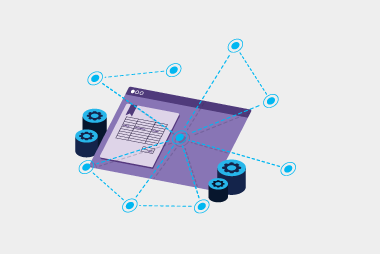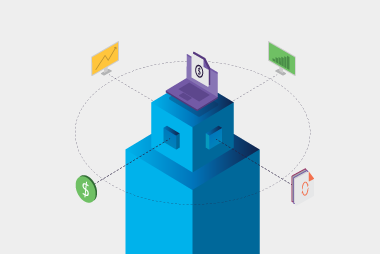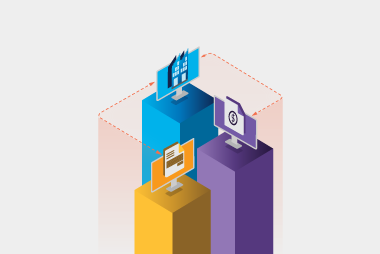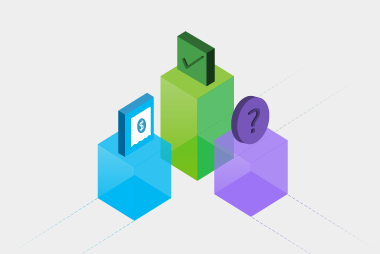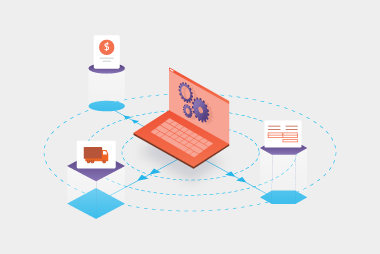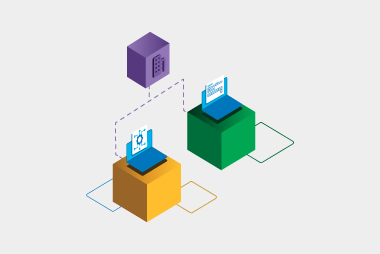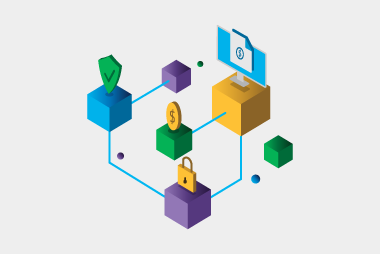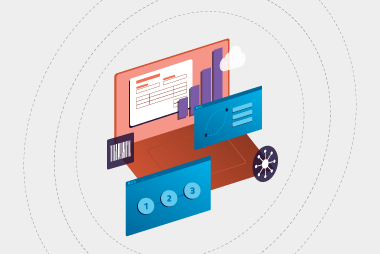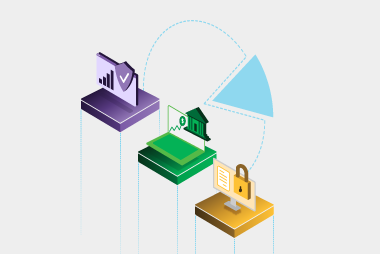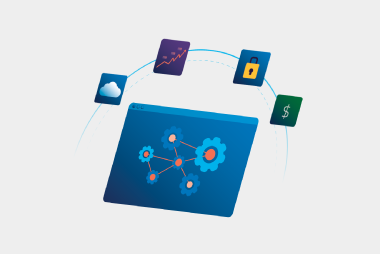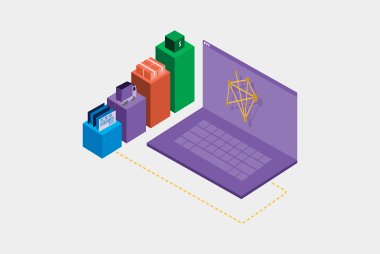When should you consider switching your EDI provider?
Before diving into the logistics of switching, it’s important to recognise the signs that indicate it might be time for a change. Here are a few red flags that signal a switch could be beneficial:1. Outdated technology
If your current EDI provider is using outdated systems, it can hinder your ability to integrate with modern platforms, slow down transactions, and increase the risk of errors. In today’s digital world, efficiency and speed are paramount. Some EDI providers use outdated software, especially after acquiring competitor companies and not integrating or updating systems. If your provider can’t keep up, it’s time to explore other options.2. Lack of support and responsiveness
Your EDI system is critical to the smooth functioning of your supply chain. If you find that customer support is slow, unresponsive, or unable to resolve issues promptly, it can cause major disruptions. Delayed support leads to delayed transactions, which impacts your bottom line. Look for providers, like MessageXchange, with a support team based in Australia. This makes it easy for you to talk to someone during office hours. Local support teams also have a better understanding of the requirements of your business and your local partners.3. Excessive costs or cost model
Your EDI provider should always be looking to make sure you’re getting the best product to add value to your business. Sometimes the cost model of your current provider may not be best suited to your business. Some EDI providers charge per document, per data amount of data and others so it’s important to choose what’s right for you.4. Compliance issues
Regulatory compliance is critical for businesses exchanging sensitive data via EDI, especially in industries like FMCG/supermarkets, healthcare and finance. It’s also important that your EDI provider keeps up with your trading partner requirements and regulations. If your current provider struggles to meet compliance standards, you may be exposing your company to unnecessary risks and possible downtime.5. Limited scalability
As your business grows, so should your EDI capabilities. If your current provider can’t scale with your needs—whether that means adding new trading partners, managing larger volumes of data, or supporting new document types—it’s a strong indication that switching to a more scalable solution is necessary.What to expect from a new EDI provider
Once you’ve identified that switching providers is the best course of action, it’s essential to know what to look for in your new EDI provider. Here are the key features and services you should expect:1. A modern, cloud-based solution
Modern EDI providers offer cloud-based solutions that ensure your system is always up to date and scalable. A cloud-based platform allows for seamless integration with existing systems, reduces infrastructure costs, and enhances overall system reliability.2. Strong customer support
Your new provider should offer exceptional customer service with a dedicated support team. Look for providers that offer 24/7 support and multiple communication channels. This ensures that when issues arise, they are resolved quickly, minimising any disruption to your business operations.3. Cost transparency
Pricing models vary among providers, so choose one with clear, transparent pricing. Avoid providers with hidden fees or overly complicated pricing structures. Most top-tier EDI providers offer flexible pricing based on transaction volume, making it easier for your business to manage costs.4. Compliance and security
EDI providers must stay on top of evolving security protocols and regulatory requirements. Expect your new provider to adhere to the latest security standards and other industry-specific guidelines, depending on your sector. Security features like encryption, secure data centres, and real-time monitoring should come as standard.5. Seamless onboarding and integration
Switching EDI providers shouldn’t mean weeks of downtime or data loss. A top-tier provider will have a streamlined migration process that minimises disruption and quickly integrates with your existing systems (ERP, WMS, or accounting software). The transition should feel as smooth as possible for your internal teams and trading partners and there should be no operational impact to your business.6. Scalability and flexibility
Your new EDI provider should be prepared to grow with your business. Whether you're planning to add new trading partners, handle larger volumes of data, or expand into new markets, the provider should offer scalable solutions to meet your future needs.EDI migration process
There are a few steps involved in the migration to a new provider- Understand your reason for switching Be clear on why you’re thinking of switching providers. It might be one of the ones we’ve talked about already above, or it might be something completely different. Having a clear understanding of this makes it easier for you to find the right provider who aligns with your needs.
- Consult your business It’s important to get relevant areas of your business involved in the switching process. Get a team together so you can ensure you know what all areas of the business need from your EDI solution. Create an integration plan that outlines the steps, timeline, and resources required for successful EDI implementation.
- Consult EDI providers Collaborate with other EDI solution providers to define what your requirements are and how they would deliver it. Make sure they understand your existing processes and workflows. Define roles and responsibilities, establish testing procedures, and set realistic milestones for each phase of the integration. Compare each and work out which one is best for your business, think about the points above when making a decision.
- Test, validate and refine Testing and validation are crucial to ensure a seamless EDI integration. Collaborate with your retailer partners to conduct testing, including the exchange of sample documents. Validate the accuracy and reliability of data transmission and interpretation. Identify and resolve any issues or discrepancies encountered during testing. Continuous refinement based on feedback and results will help fine-tune your EDI processes and improve overall efficiency.
- Go Live Start sending and receiving new messages to and from your partners.
- Monitor performance Encourage ongoing learning to ensure your team stays updated with industry trends and advancements in EDI technology. Additionally, implement monitoring and performance tracking mechanisms to assess the effectiveness of your EDI integration and identify areas for further optimisation.
How to get started
[vc_column_inner width="1/4"]Let us know what you want to achieve and we'll suggest the best solution
[vc_column_inner width="1/4"]Start our partnership
[vc_column_inner width="1/4"]Connect to MessageXchange and test connectivity and messaging
[vc_column_inner width="1/4"]Go live!
Want to learn more about our implementation process? Ask our experts by getting in touch below.Request a call
Chat with one of our experts
Just fill out your details below and we'll be in touch within one business day.
